We’ve all heard talk about how the worker bees are hard-wired to serve and protect the bee queen. The little gold and black flyer has become a part of our speech and culture, but how much do you know about the famed bee queen?
In this article, we’ll be taking a look at the bee queen, what it looks like, how to properly identify it, as well as other related facts, such as the manifold benefits of royal jelly (which we’ll explain below).
So without further ado, let’s get talking about bees and their merry (or not so merry) monarch!
What Does a Queen Bee Look Like?
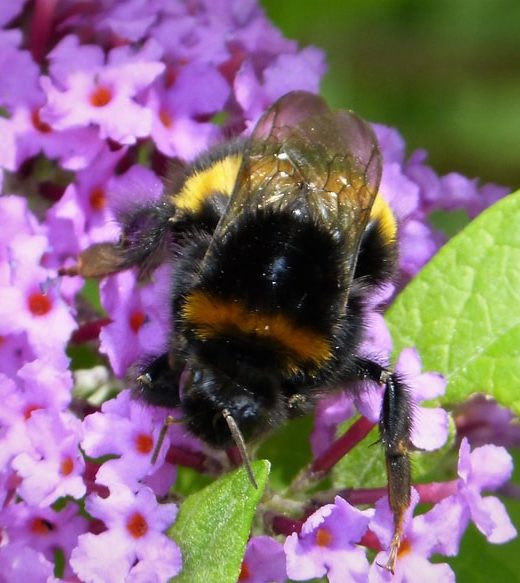
Bombus Terrestris 
Bombus Sylvarum 
Bombus Impatiens 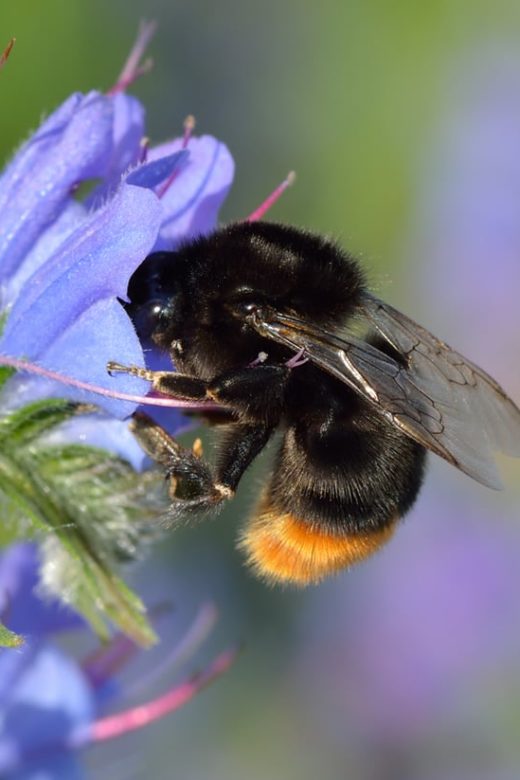
Bombus Lapidarius 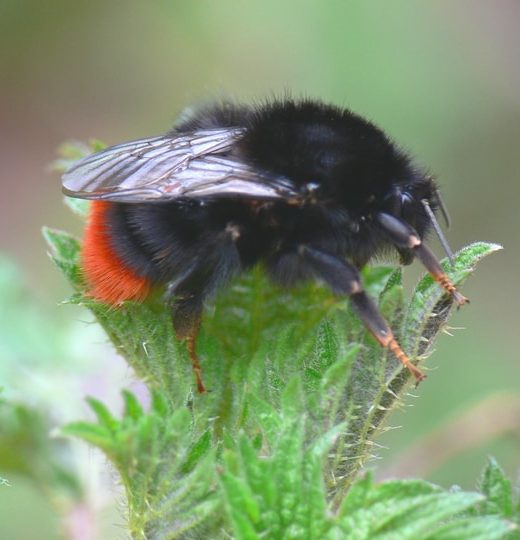
Red-tailed Bombus Lapidarium 
Bombus Pratorum 
Buff-tailed Bombus Terrestris 
Bombus Hortorum 
Bombus Pascorum 
Common Carder Bee 
Italian Honey Queen Bee 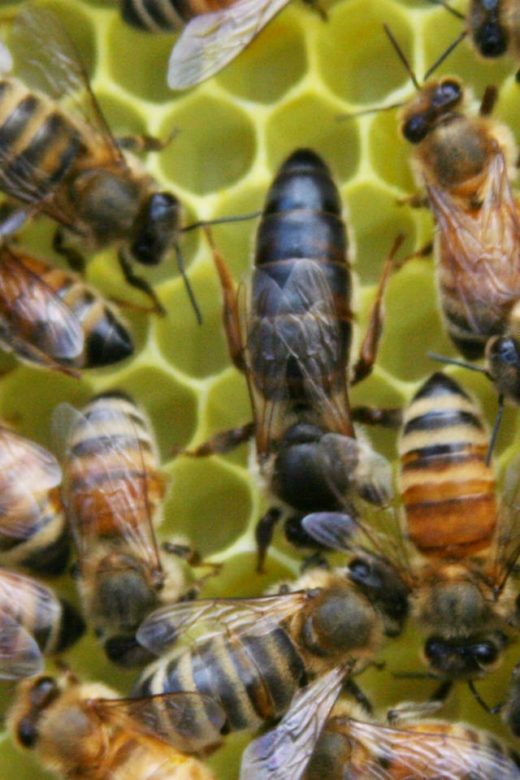
Apis Mellifera
When you first encounter a swarm of bees, it’s all too easy to assume they’re all the same. It’s difficult to spot even the most obvious differences, let alone correctly identify the bee queen among them.
Since bee queens aren’t that much larger than regular bees, size isn’t really a good sign to help you distinguish among them.
The key difference between worker bees and the queen is that the bee queen has an unusual body shape.

Both her abdomen and her legs are longer than what is considered normal for these creatures. The bee queen’s wings, on the other hand, are rather short and almost never reach the end of her abdomen.
Like all bees, her backside is shiny and smooth and has that famous gold and black pattern we’ve come to recognize.

Although it’s quite difficult to spot a bee queen at first, practiced beekeepers learn to do so quite well in time. It’s all really just a matter of practice.
Now that we’ve talked about the general appearance of the bee queen, let’s go into some solid facts about the monarch.
Queen Bee Facts
If you’ve been toying with the idea of keeping bees, it’s important to be aware of a few facts before investing in a beehive and starting your beekeeping journey.
Queen Bee Size
Even though bee queens are a little larger than your average worker bee, they are still very, very small, at only 20 millimeters in size (about 0.75 inches).

As a point of reference, the average worker bee’s size varies from 11 to 15 mm, and while there’s an obvious difference, this can be tricky to spot with the naked eye.
Queen Bee Sting
A bee queen’s stinger is very different from that of a regular worker bee. For one thing, the queen’s stinger is long and smooth.
The worker bee’s stinger is barbed, which is what leads it to die after stinging someone (because the stinger gets stuck in the victim).
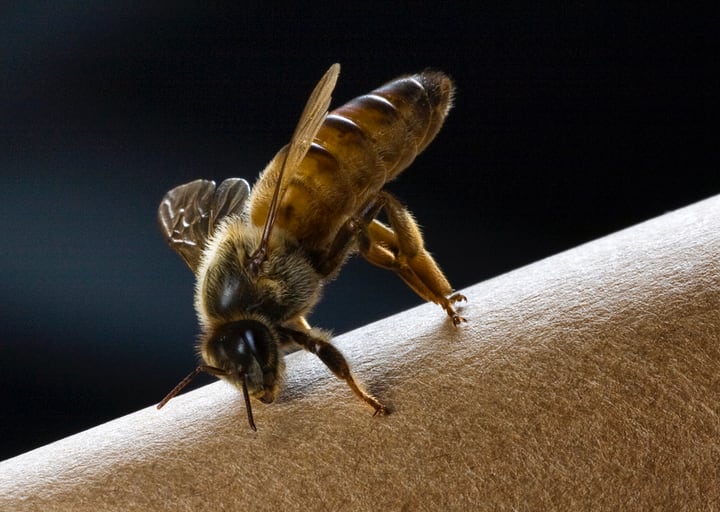
The bee queen, however, doesn’t have a barbed stinger, so in theory, it’s capable of stinging someone without dying as a result. And while you’d think this would make the bee queen more aggressive, it’s actually the other way around.
Bee queens do not normally sting people. It’s not how their little beings are constructed. Experts report that even if the bee queen does accidentally sting a human being, their sting is not painful, as with a worker bee.
So, who do bee queens sting?
If they have a stinger, they must use it on someone, right? The stinger of the bee queen is reserved solely for other queens.

Bee queens are highly competitive creatures and will not tolerate the presence of another queen, as they see it as a direct threat (which it usually is).
As a result, whenever a new queen comes into contact with the bee queen, they will fight each other, usually to the death, for dominion. Bottom line, you don’t need to be worried about getting stung by the bee queen!
Queen Bee Honey
Bee queen honey, more commonly known as royal jelly, is a secretion created by the honey bees in order to feed the colony. Essentially, it’s a mixture of water (main ingredient), proteins, and sugars. It basically looks like mucus.
It’s called bee queen honey (or sometimes even “bee milk”) because during the process in which a new bee queen is created, she is placed inside a protective queen cell.

Here, she is fed with large amounts of royal jelly, which help her develop the distinct morphology which we discussed above.
It’s also thanks to her special diet that the bee queen is able to develop ovaries and lay eggs, which is what sets her apart from the other bees.
Life Cycle of the Queen of Bees
The life cycle of the queen bee has four different stages: egg, larva, pupa, and adult. In the following section, we will go through each one and look at what separated a queen bee from a regular worker bee.
All bees in a colony go through these four stages, but the process is usually shorter for a queen than a worker bee.
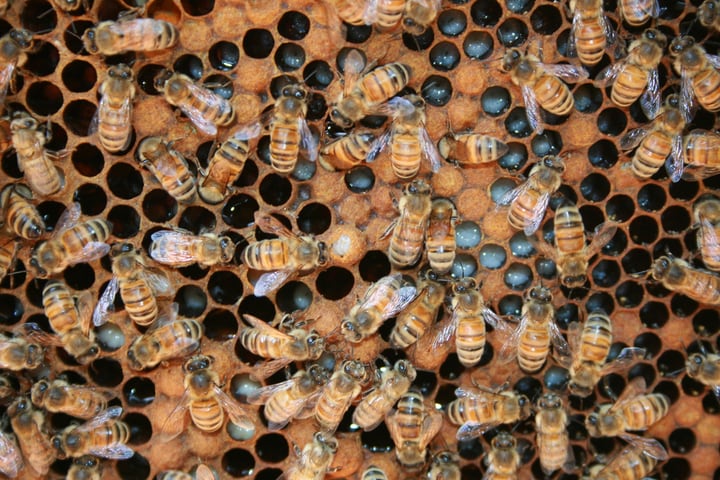
Whereas it takes the worker bee a whole three weeks to metamorphosize into an adult, the queen bee can do it in as little as 16 days.
In the beginning, both worker bees and queen bees are the same. In theory, any of the female fertilized eggs can become a queen, but it all depends on the developmental process.
Egg – Stage 1
Most often, a colony decides that it needs a new queen and begins preparing a special queen cell, as we mentioned earlier.
In this scenario, once the cell has been built, the current queen will lay an egg in that cell and the life cycle of the future queen bee will begin.
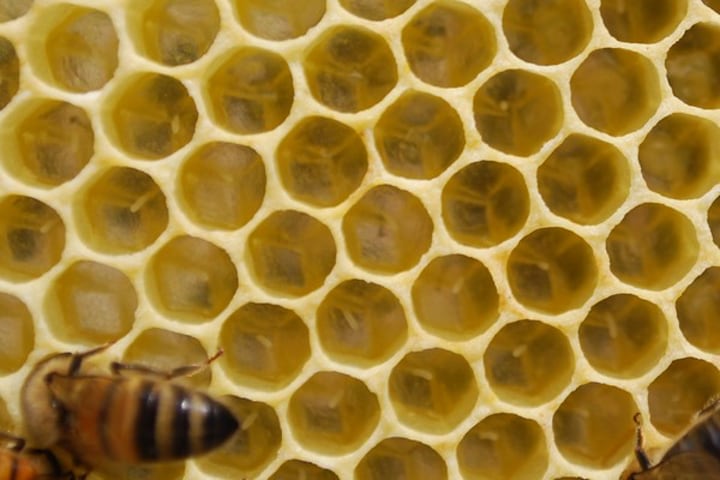
This stage only takes three days, as the shell of the cell slowly dissolves around the egg. Once the shell has dissolved completely, the queen to-be has moved on to the status of “larva”.
Emergency Queens
Sometimes, though, the colony doesn’t have the time to go through this whole process of building a special cell.

When the bee colony needs to urgently appoint a new queen bee, they will choose from already existing, very young larva (usually 2 days old or less) or even a recently laid egg, and rear it as a queen, even though that wasn’t the initial intention.
Larva – Stage 2
At this stage, the bee queen is still very fragile. There is still room for change, which is how worker bees are capable of creating a bee queen from a regular larva.
In the process of creating a queen, special bees, known as nurse bees, begin to feed the larva with a special solution that is produced inside their glands.

Nurse bees feed the bee queen with an abundance of a white liquid known as royal jelly. The difference between the bee queen and the worker bees lies mainly in their diet, what they are fed in these early larva stages.
See, a bee queen is fed with an abundance of royal jelly, or a mixture of proteins, water, and sugars.
Up until recently, it was assumed that the proteins in the royal jelly were what helped this particular larva develop into a bee queen. However, a recent study came up with a different and very interesting theory.
The accepted explanation was that the royal jelly helps the queen’s morphology develop, most importantly her ovaries, which are what sets her apart from the other bees.

This new study, however, asks the question – what if it’s not the royal jelly that develops the queen, but rather what we don’t feed her?
The researchers theorize that it’s perhaps the absence of pollen and honey from the bee queen’s diet that allows her ovaries to properly develop.
And while more research is still needed on this subject, it’s still an interesting matter to consider.
The larval stage of the bee queen’s development usually takes around 3 or 4 days, during which time the bee queen does nothing else but feed and grow.
The larva is fed with huge amounts of royal jelly, in order to trigger a very rapid development rate.

As the larva grows, the worker bees begin constructing a special cell for it to exist in, because its increased size makes it impossible for the queen larva to fit inside a normal honeycomb cell.
For beekeepers, this is perhaps the easiest sign to look for, as this new cell will be considerably larger and easier to spot. In other words, it will let you know the colony is preparing a queen.
Pupa – Stage 3
After about 7-8 days since the initial laying of the eggs, the queen larva will stop feeding, having absorbed a sufficient royal jelly quantity.
It’s at this point in the process that the larva turns into a pupa, the penultimate transformation in the creation of a bee queen.

In the third stage of her evolution, the pupa is placed inside the special cell mentioned above, as the worker bees coat the cell with a thick layer of protective wax.
Here the future bee queen will gestate for another week or so, and emerge as queen at about day 16 (since egg-laying).
New Queen – Stage 4
This is perhaps the most exciting, but also the bloodiest stage in the development process of the new queen.
During the egg laying process, a queen never lays just one egg, which means that at that moment, there are other queen cells inside the colony.

So the first thing that this freshly-emerged bee queen does is go look for these cells and chew her way through them, in order to kill the potential queen inside with her stinger.
Once all the other potential candidates have been eliminated, the new queen can truly take her throne.
Mating
The primary purpose of the bee queen is to mate and lay eggs, thus ensuring the survival of the colony. The freshly-emerged bee queen is known as the virgin queen or virgin bee in those first few days, as her body fully matures.
After this brief period is over, the bee queen will begin going on “mating flights”.
In these, the bee queen, followed by a small escort of worker bees, will leave the hive, sometimes going as far as a mile away, in search of mating partners, also known as drones.

The reason the bee queen flies so far is to avoid in-breeding with her own issue. She will take several such trips until her sperm-storing compartment is full. From there, she will return to the colony and begin laying eggs.
As she does so, the worker bees will feed her, remove her waste, and care for her in every respect. After the mating flights are over, the queen never leaves the hive again.
Death
The lifespan of a queen bee varies from hive to hive. While technically, a queen bee can exist for some 5-6 years, many experts say their hives only keep a queen for a maximum of 2 years before replacing her.
Indeed, some beekeepers even report the hive changing the queen bee after a few months.
The death of a queen bee is also a pretty gruesome business.

Once a new queen has hatched, it is the duty of the worker bees to kill the existing queen through a process known as “balling”, in which they cluster around the queen bee, essentially suffocating her.
The Role of the Queen of Bees
The queen bee is commonly recognized as the “mother of the hive”.
As such, it’s easy to understand that her primary role is to lay eggs. It’s her role to mate with as many drones as possible, in order to ensure genetic diversity in her hive.
Fact: On average, a healthy queen bee can lay around 1,000 eggs in a single day. But that is not all that the queen bee does.
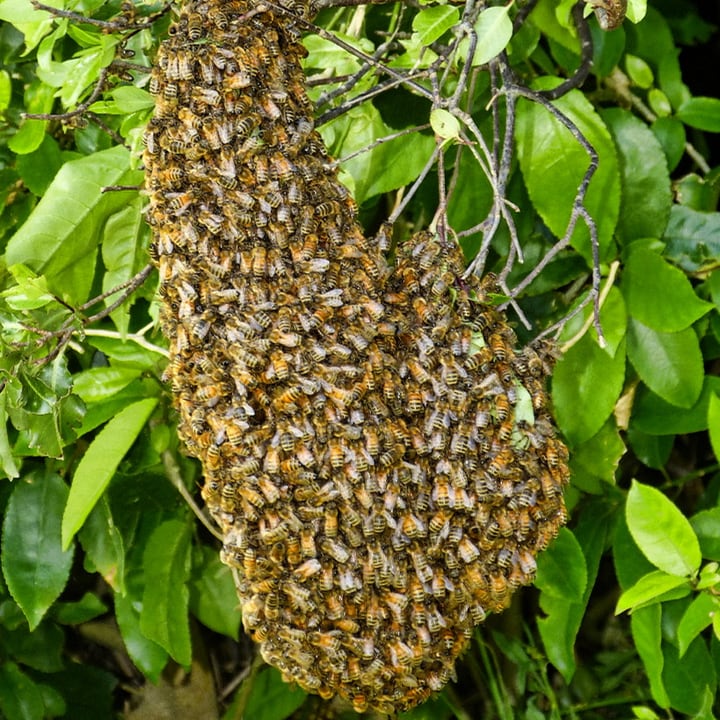
She is also in charge of deciding when it is time to swarm. This is the process where a sizable chunk of bees leaves the original hive because it has grown too big.
When this decision is made, the queen bee lays several eggs inside the queen cups.
After she does, the worker bees begin to feed her less, to make her journey easier. In the end, when a new queen is about to be born, the old queen will leave with a part of the hive.
The Queens Royal Jelly: Benefits and How to Use It
So now that we’ve learned the role of royal jelly in queen bee rearing, let’s see what other benefits it might have. Royal jelly is a super popular skincare ingredient, but why? Can it turn a human into a queen?
Natural Source of Vitamins
One of the main reasons so many manufacturers use royal jelly in their products is that it delivers plenty of much-needed vitamins.
It’s chock-full of B vitamins, such as pantothenic acid (B5 vitamin), a natural moisturizer, and folic acid (vitamin B9), which is essential in pregnancy and prenatal care.
Immune System Booster
Royal jelly is also added to many edible products, in order for us to reap its benefits both internally and externally. Royal jelly, aside from being full of vitamins, is also a great source of essential fatty acids.
These play an important role in feeding and protecting the skin, but also do more than that.
Tip: Don’t forget that tea is also good for you.
For example, the fatty acids inside the royal jelly promote antibacterial activity inside your body, thus helping you fight off infection. It’s also believed that taking royal jelly orally may boost your body’s natural response to bacteria.
Reduces Heart Disease
This one’s pretty big. According to some studies, certain proteins from the royal jelly work to lower a human being’s cholesterol levels. Obviously, lower cholesterol leads to a healthier heart and a decreased risk of heart disease.
It also lowers the levels of bad cholesterol. “LDL” cholesterol builds up inside your arteries and is responsible for cardiac events.
Heals Wounds
As we mentioned, royal jelly has potent antibacterial properties. First off, it helps ward off infection around a cut or wound.

Secondly, it’s been shown to boost collagen production, and thus speed up the creation of new, healthy skin cells.
May Fill in Wrinkles

Together with elastin, collagen is responsible for keeping your skin plump and bouncy.
While both of these substances are naturally produced by the body, the production decreases as you age, which is how you get wrinkles, saggy skin, etc.
Royal jelly’s collagen-boosting property is essentially what makes it such a big favorite for anti-aging products.
Reduces Blood Pressure
Blood pressure puts you at risk of various unpleasant health issues. Another way in which royal jelly might protect your heart and overall health is by reducing blood pressure.

While some test-tube studies have shown promising evidence that royal jelly supplements relax the muscle cells inside your veins and arteries (thus lowering pressure), more research is needed at this time for a definite answer.
Cuts Back on Blood Sugar
A six month clinical study found that royal jelly supplements lead to a drastic 20% decrease of sugar levels in the blood of fasting subjects.
It may also be responsible for improving insulin sensitivity and helping you manage diabetes.
Weapon Against Depression
Another fascinating benefit of royal jelly supplements seems to be its effect on the brain.

A recent study found that not only did the royal jelly supplements improve brain function and memory levels, but they also seemed to decrease depression in post-menopausal women.
Might Combat Alzheimer’s Disease
Royal jelly has many effects on the brain. For some, it works to decrease depression, but for others, it might help cling on to memories.
A study conducted on laboratory rats showed promising evidence that royal jelly extract is directly linked to reducing chemical deposits typically associated with Alzheimer’s disease.
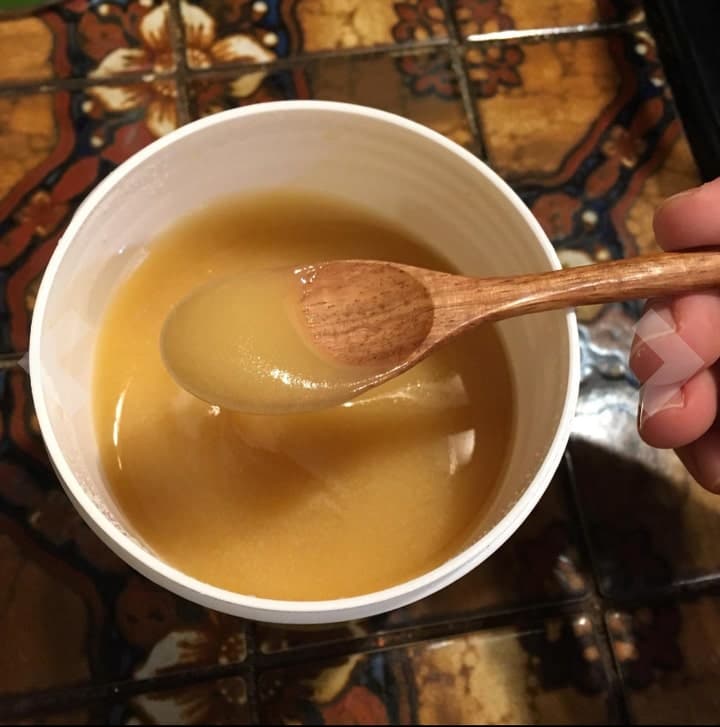
Naturally, while these findings are exciting, we need to carry out more studies before we can say for sure how efficient it is.
Helps Deal with Eye Dryness
Dry eyes are a problem that many of us have to deal with, particularly in this highly digital era, where we spend so much time staring at a screen (which leads to less blinking, which in turn makes our eyes dry).

But royal jelly supplements might be able to help with this as well. Multiple studies found that when taken orally, royal jelly seemed to have a direct effect on people with eye dryness.
The jelly seemed to stimulate tear secretion, thus helping keep the eyes hydrated.
The Best Royal Jelly Supplements
Take advantage of all the benefits of royal jelly by choosing these top selling supplements. Remember that to see results, you have to use them every day!
Queen Bees Frequently Asked Questions
Still have some unanswered questions pertaining to bees, royal jelly or the life of the queen bee? No sweat, that’s what this following section is for–to lay to rest any and every question you might have about bee queens.
What does a queen bee do?

A queen bee is responsible for breeding and ensuring the survival of her colony. Once matured, the queen bee flies away in order to mate with as many partners (known as drones) as possible, and then lays eggs in specially prepared cells.
What happens if a queen bee dies?

If a queen bee dies by accident and the hive is left without a queen, the worker bees will create an “emergency queen”. That is, they will rear a normal bee larva to be a queen.
Usually, emergency queens are not as good or as well-developed as normal queens, but they will do, in a pinch.
Why do bees reject queens?
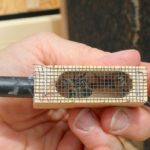
Sometimes, older bees may reject a new queen because they are not familiar with her. They may consider it an invader even if at the time they do not have another queen that could take its place. Learn more queen bee facts.
Can a worker bee become a queen?

No. While it’s possible for a bee in the larval stage that was originally intended as a worker bee to be transformed into a queen through rearing and diet, a mature worker bee cannot turn into a queen bee, since her ovaries are not developed for reproduction. Learn more about the lifecycle of a queen bee.
We Bee-Lieve That’s All!
The life of a queen bee is infinitely more complicated than most people believe. They have to go through a rigorous rearing process and they have to play in a veritable “Game of Thrones”-like battle, in order to claim their throne.
Queen bees remain one of the most well-known and most fascinating creatures in the insect world, precisely because of their highly complex relationship with the worker bees around them.
We hope this article has given you a fair idea of what the life of a queen bee looks like, how you can correctly identify a queen bee and indeed, what the benefits of royal jelly are.
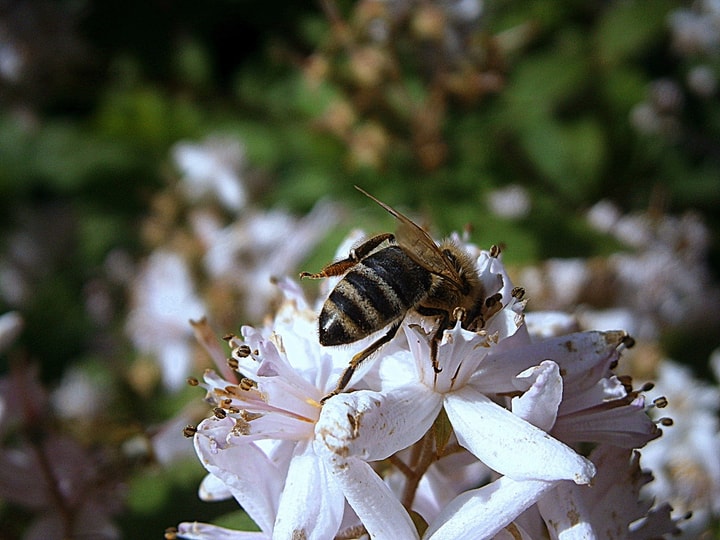
At the very least, this article should have given you some interesting bee queen facts and anecdotes to slip in at the next office party, when someone mentions working hard as a bee.
Though you might not want to lead with how the bee queen stings its competitors!
Got any questions for us? Leave them in the comments section below. We’d love to hear from you!
And don’t forget to check our articles on beekeeping, bee houses, and the best flowers for bees. Maybe it’s time to start growing some bees?

Leave a Reply